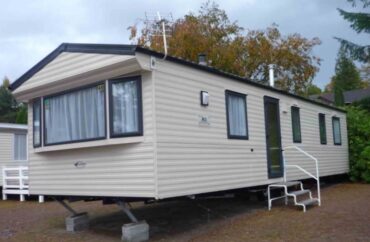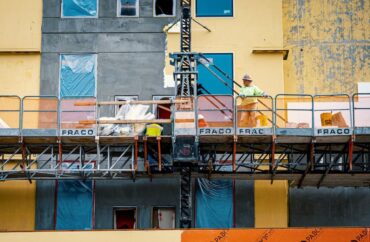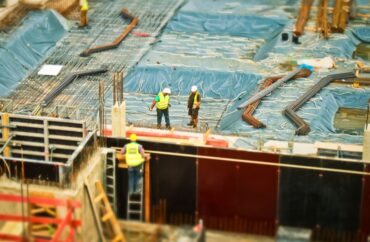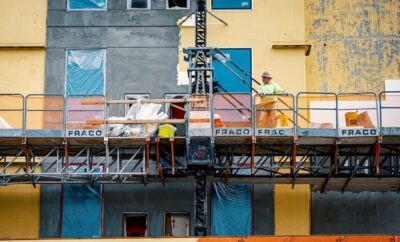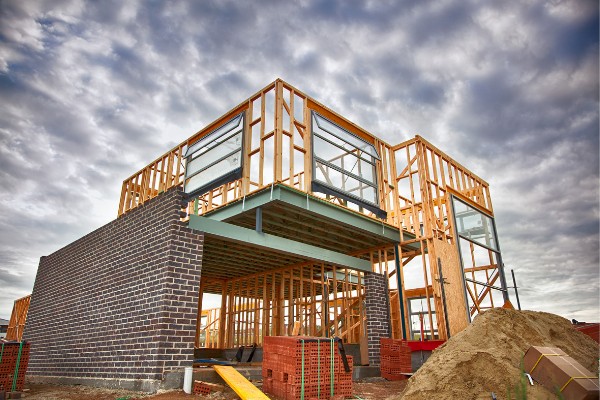
NAHB: Major Metro Areas Experience Biggest Drop in Single-Family Construction
According to the latest data from the National Association of Home Builders (NAHB) Home Building Geography Index (HBGI) for the second quarter of 2023, multifamily market growth also declined in most locations of the country.
Increasing mortgage rates and higher building costs have slowed the pace of single-family construction across the country, with the downturn most severe in large metropolitan regions.
“While the pace of single-family construction posted a year-to-year decline in all the small and large geographic markets measured by the HBGI between the second quarter of 2022 and 2023, we expect these levels have bottomed out,” stated NAHB Chairman Alicia Huey, a Birmingham, Alabama-based custom home builder and developer.
“Single-family production should register growth in the months ahead as the Federal Reserve nears the end of its tightening cycle and mortgage rates begin to stabilize.”
“The latest HBGI data continue to show a changing geography for home construction,” NAHB Chief Economist Robert Dietz said.
“Multifamily and single-family construction have shifted to lower-density markets, with market share gains for those types of markets. This is especially true for apartment construction, which has seen a segment share decline for large metro areas as development shifts to the suburbs and exurbs.” Dietz continued.
The HBGI is a quarterly survey of building conditions in the United States that combines county-level data on single- and multifamily permits to gauge housing construction growth in diverse urban and rural geographies.
Large metro core counties experienced the lowest single-family year-over-year growth rates in the second quarter of 2023, with a 24.8% fall.
All large and small metro areas also had double-digit negative growth rates, while rural markets (defined as micro counties and non-metro counties) recorded negative growth rates in the single digits.
Since single-family building levels have decreased, the combined market share of large metropolitan areas has decreased the greatest (defined as core, suburban outlying).
After declining for seven consecutive quarters before being steady in the first quarter of 2023, the total market share for these areas is 49.8%, a data series low.
The second quarter HBGI reveals the following market shares in single-family house building when divided by the seven metro and county areas:
- 15.8% in large metro core counties
- 24.6% in large metro suburban counties
- 9.4% in large metro outlying counties
- 28.5% in small metro core counties
- 9.9% in small metro outlying areas
- 7.2% in micro counties
- 4.5% in non-metro/micro counties
Only three markets in the multifamily sector experienced positive growth rates in the second quarter of 2023:
- 26.6% in non-metro/micro counties
- 15.9% in large metro outlying counties
- 3.1% in micro counties
Meanwhile, large metro core counties had the lowest rate of multifamily production growth of any market, at -10.6%. This is the third quarter in a row that this geographic area has experienced the slowest growth rate.
In terms of multifamily market share, the large metro core counties dropped from 42.2% in the first quarter of 2020, before the pandemic, to 37.4% in the second quarter of 2023.







